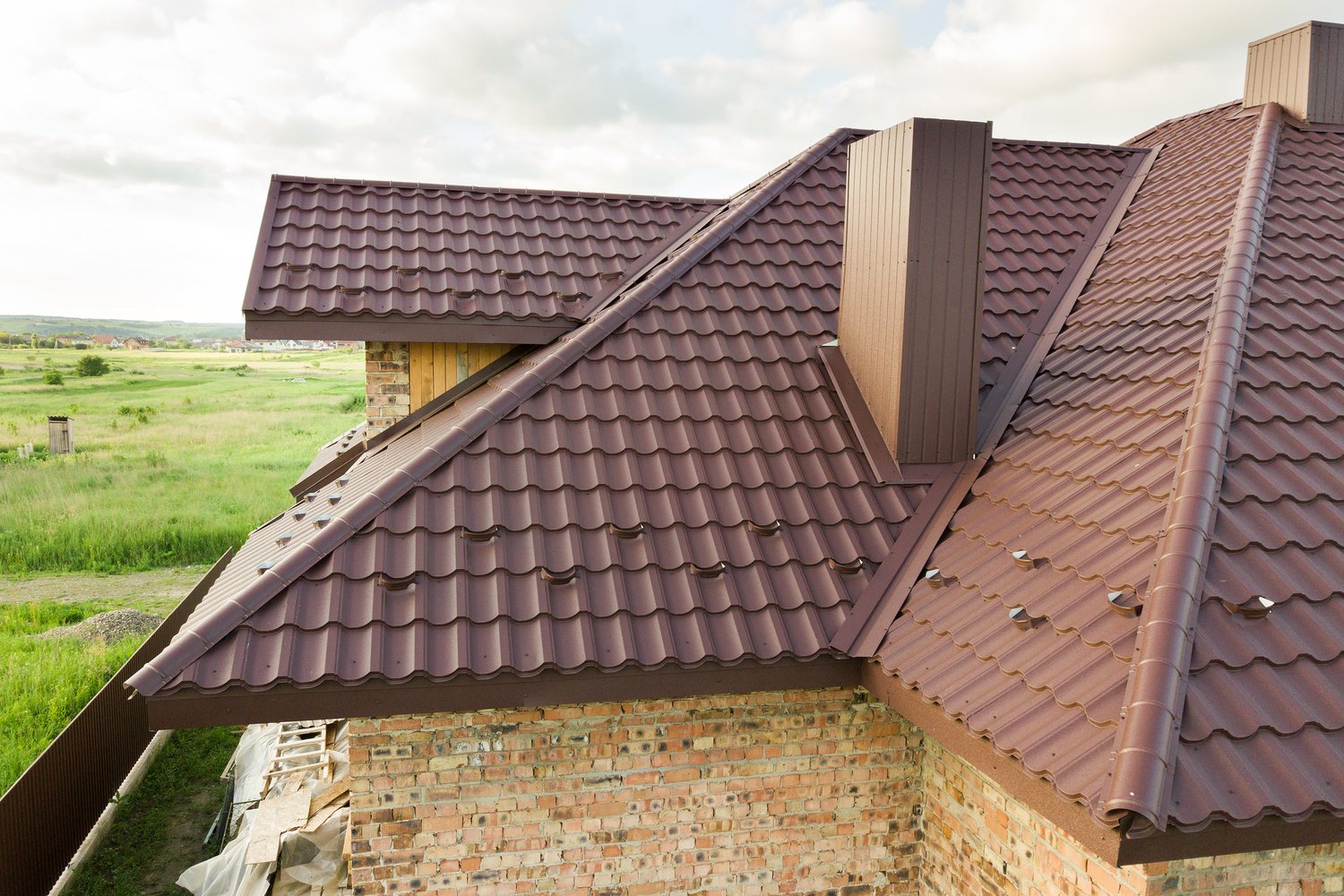As temperatures rise across the country, homeowners are seeking effective ways to keep their homes comfortable without breaking the bank on energy costs. A cool roof offers a solution by reflecting more sunlight and absorbing less heat than a standard roof, resulting in lower cooling demands and reduced energy bills. This article explores how cool roofs work, their energy-saving potential, what key ratings like ENERGY STAR and Cool Roof Rating Council (CRRC) certifications mean, and how you can take advantage of tax credits and utility rebates to make this energy efficient roof upgrade more affordable.
What Is a Cool Roof and How Does It Work?
A cool roof is specially designed to reflect more sunlight and absorb less heat than a standard roof. Traditional dark roofing materials can reach temperatures of 150°F or more on a hot summer day, transferring that heat into your home and forcing your air conditioning system to work harder. In contrast, a cool roof might reach only 100°F under the same conditions, dramatically reducing the heat transferred into your living space.
The science behind a cool roof is straightforward: it’s all about solar reflectance and thermal emittance. Solar reflectance measures how much sunlight a material reflects rather than absorbs, while thermal emittance indicates how efficiently a surface releases absorbed heat. Materials with high values in both properties make the most effective cool roofs, keeping both the roof surface and the home’s interior cooler.
Cool roofs come in various forms to suit different roof types. For low-sloped roofs, options include cool roof coatings, single-ply membranes, and built-up roofs with reflective granules or cooling layers. Steep-sloped roofs can utilize reflective asphalt shingles, metal roofing with special coatings, or tiles made from reflective materials. The versatility of cool roofing means most homes can benefit from this technology regardless of architectural style.
Understanding ENERGY STAR and CRRC Ratings
When shopping for cool roofing materials, you’ll encounter two important certification systems. The ENERGY STAR program, managed by the U.S. Environmental Protection Agency, certifies roofing products that meet strict energy efficiency guidelines. Products with the ENERGY STAR label for roofing must maintain a minimum solar reflectance of 0.25 for steep-sloped roofs and 0.65 for low-sloped roofs after three years of weathering.
The Cool Roof Rating Council (CRRC) provides a more detailed rating system. The CRRC doesn’t set minimum requirements but instead tests and rates products based on solar reflectance and thermal emittance, both initially and after three years of weathering. Their product directory allows consumers to compare different materials’ performance over time, helping you make informed decisions about which products will deliver the best long-term energy savings.
When selecting materials, pay attention to the Solar Reflectance Index (SRI), which combines both reflectance and emittance into a single value. Higher SRI values indicate better cooling performance. The CRRC rating label on products provides this critical information, making it easier to compare options when upgrading to an energy efficient roof.
The Financial Benefits: Energy Savings and Payback Period
The primary financial benefit of a cool roof is lower energy bills, particularly during hot months. According to the Department of Energy, cool roofs can reduce cooling energy costs by 7-15% in hot climates. The exact savings depend on factors including your local climate, existing insulation levels, roof size, and local energy rates.
Beyond immediate energy savings, cool roofs often extend roof life by reducing thermal stress and UV damage to roofing materials. This durability benefit means fewer repairs and a longer time between full roof replacements, adding to the long-term financial advantages. According to research from AskHomey, homeowners with cool roofs often report satisfaction with both the energy savings and the extended lifespan of their roofing materials.
While the upfront cost of cool roofing materials can be 5-10% higher than conventional options, the payback period is typically reasonable. Most homeowners recoup their additional investment through energy savings within 3-7 years, depending on their climate zone and specific roof characteristics.
Tax Credits and Rebates for Cool Roofs
To make cool roofs more accessible, various financial incentives exist at federal, state, and local levels. The federal government offers tax credits for energy-efficient home improvements, including qualifying cool roofs. These roof tax credits can return a percentage of material costs (excluding installation) to homeowners through their annual tax returns.
Many state governments and local utilities also offer rebates for cool roof installations. These programs vary widely by location, with some providing fixed rebates based on roof area and others offering incentives based on the expected energy savings. Some programs even provide incentives for cool roof coatings applied to existing roofs, making this an affordable upgrade option.
To find available incentives, start by checking the Database of State Incentives for Renewables & Efficiency (DSIRE), your local utility company’s website, or contacting them directly. Many cool roof manufacturers and contractors also maintain updated information about rebate programs for their products and can guide you through the application process.
For more tips and to connect with reliable home service professionals, follow AskHomey on Facebook and Instagram.



